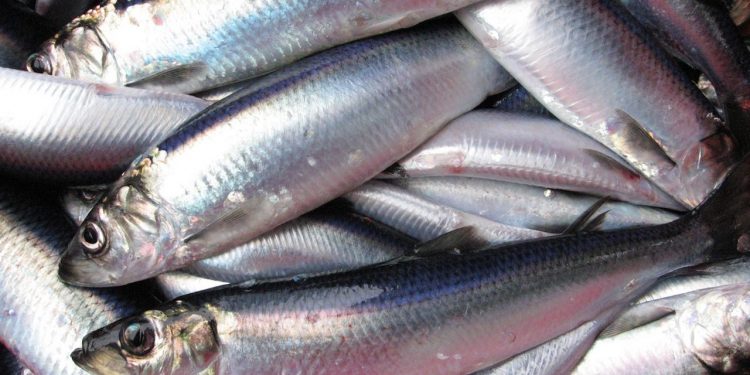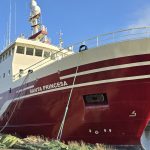ICES has advised that the 2024 quota for North Sea herring could be increased by 28.3%, to a maximum of 532,166 tonnes.
This year’s quota for direct fishing is 403,813 tonnes.
‘We see that the spawning stock in 2022 is now estimated to have been considerably larger than predicted in 2022, and in addition the recruitment in 2022 is estimated to be higher than what was assumed at the previous quota council,’ said researcher Cecilie Kvamme at the Norwegian Institute of Marine Research.
The basis for the recommended increase in the quota council is due to the spawning stock in 2022 being estimated to be 32.5% larger than had been assumed and recruitment in 2022 (2021 year class) now estimated to be 87.3% greater than had been assumed.
The quota for North Sea herring has been relatively stable over the past ten years, but with fluctuations since 2020. In 2021, the quota was set lower than in previous years, while the advice for 2022 was on par with the advice given for 2024. For 2023, a lower quota was recommended.
‘North Sea herring is a species that lives for many years. If we are good at protecting some of the fish in good times, we get a buffer if we have years with poor recruitment,’ Cecilie Kvamme said.









